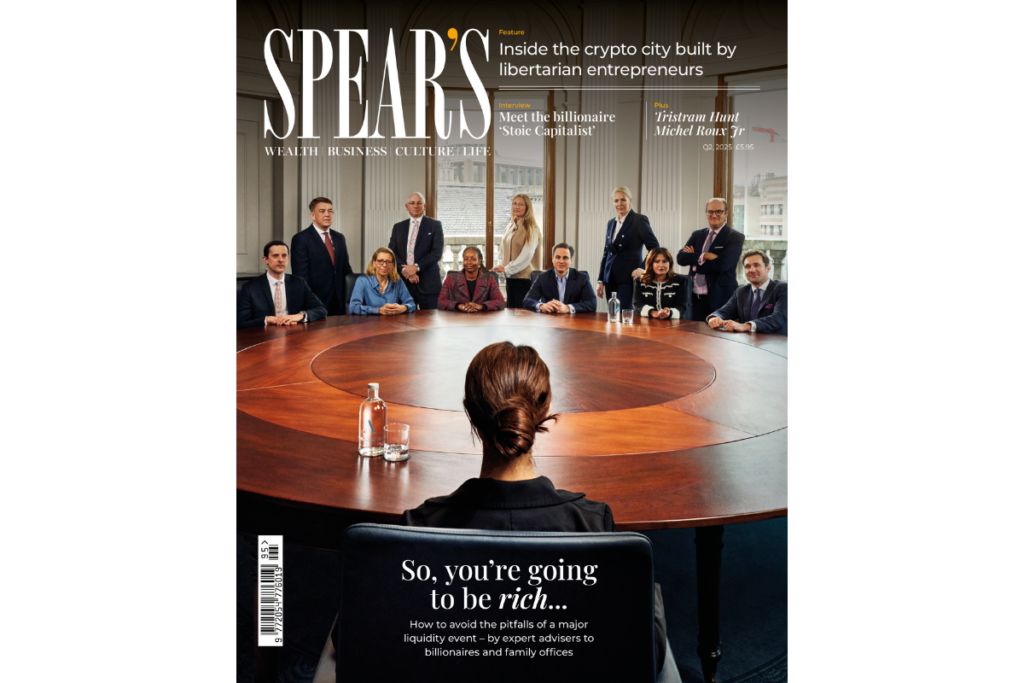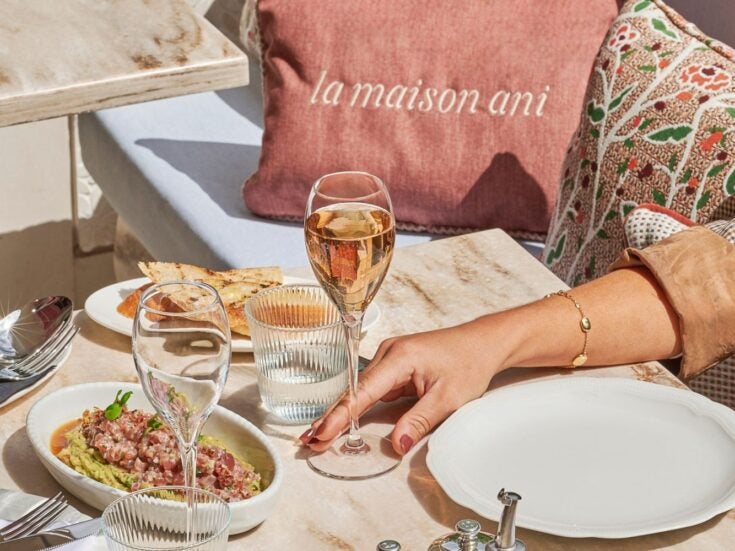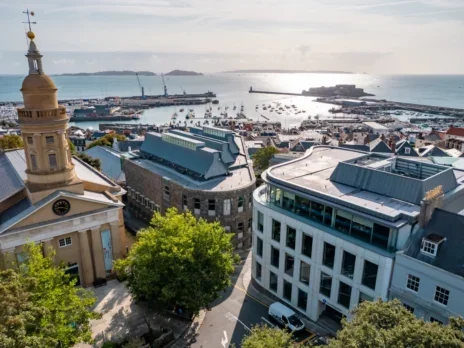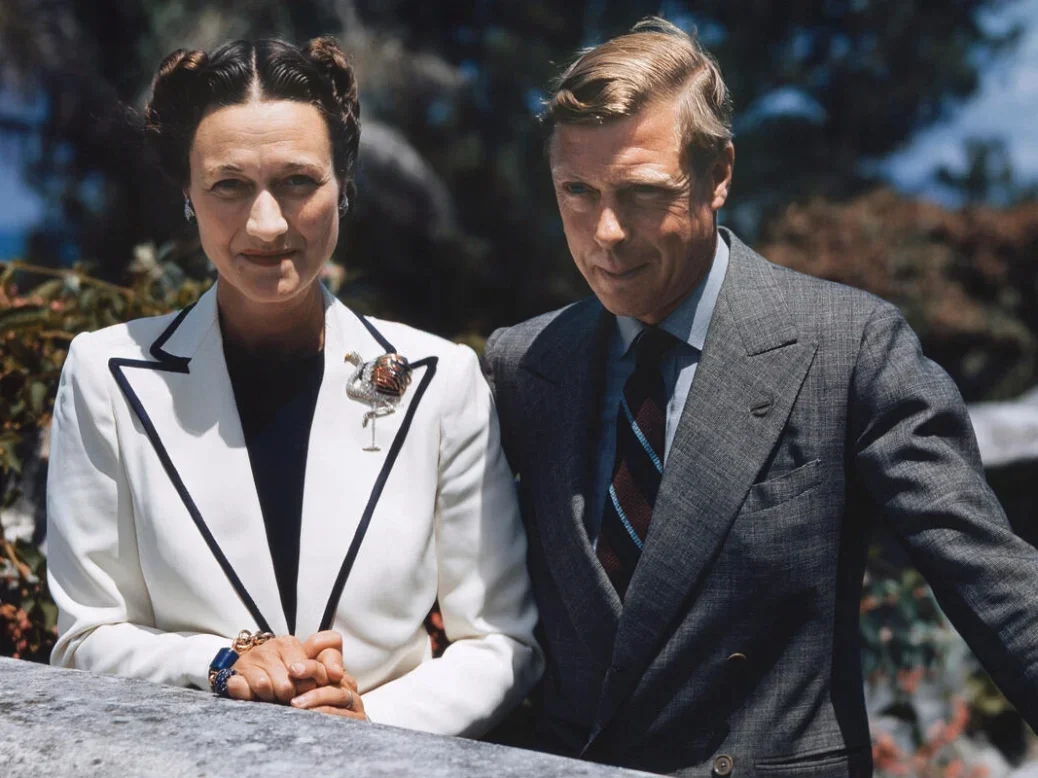
It’s been a tumultuous time for the House of Windsor, but one thing that unites the royals is their penchant for Cartier. The Parisian jeweller has King Charles’s great-great-grandfather, Edward VII, to thank for more than a century of royal patronage, helping it become an international paragon of luxury.
[See also: Introducing Spear’s Magazine: Issue 95]
The relationship began in 1901, when King Edward VII and Queen Alexandra commissioned Louis Cartier to reset some of their newly inherited Indian jewels. Founded half a century earlier, the house had begun creating fine, ornate platinum jewellery: a departure from the heavy gold fashions of Queen Victoria’s heyday.
The style pleased the King greatly; he described Cartier as the ‘jeweller of Kings and King of jewellers’. Louis’s brother Pierre set up shop in London in 1902, just in time for Edward’s coronation, landing orders for 27 tiaras. Two years later, Edward awarded Cartier its first royal warrant.
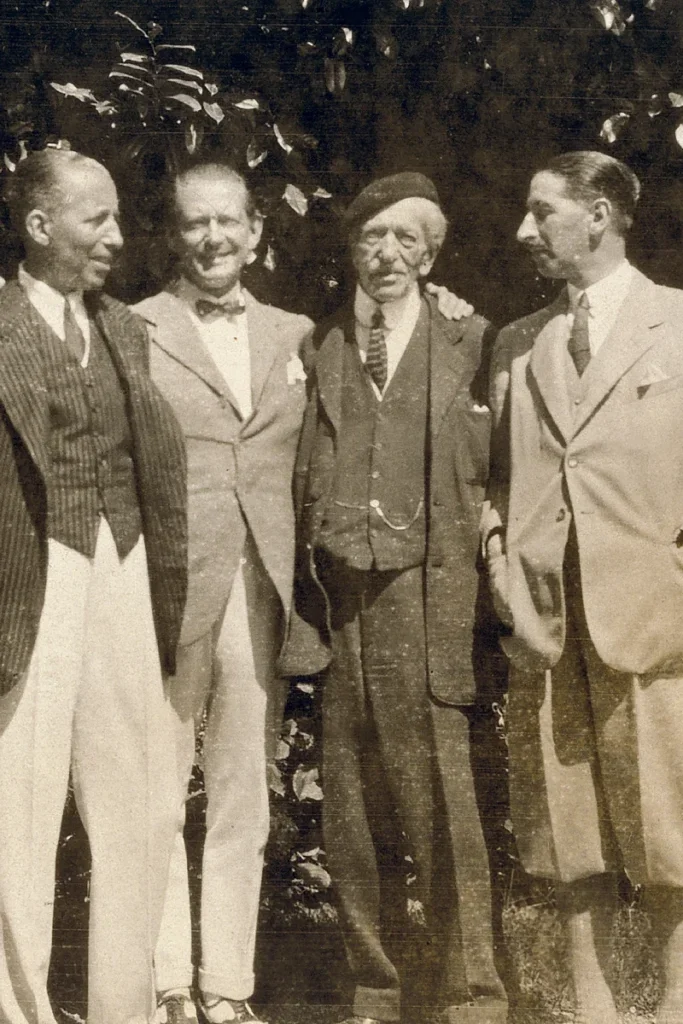
20th-century influencers
Louis, Pierre and the third brother, Jacques, recognised the power of influencers a century before the term was coined. For the coronation concert at the Royal Albert Hall, opera singer Nellie Melba wore a majestic diamond and pearl devant-de-corsage by Cartier. From the moment the house arrived in London, its objective was to embed itself into the culture of Britain’s elite, through a reputation for originality, creativity, craftsmanship – and savvy marketing.
[See also: Noughties but nice: Boujis team’s Gallery leads new wave of London nightclub]
‘The brothers were very sophisticated in their approach to client relationships and the way they communicated – you’d see royal seals plastered all over their stores and letterheads,’ says Rachel Garrahan, co-curator of Cartier, a major exhibition that opened at the Victoria and Albert Museum on 12 April. When George V was crowned in 1911, Jacques – who by then ran Cartier’s New Bond Street boutique – staged an exhibition of tiaras. ‘It was a way to align the house with the big royal event of the year.’
Where royals led, London’s elite followed. ‘High society would leave the Ritz and pop into Cartier on their way to dinner,’ says Garrahan. ‘It became part of the lifestyle of those who had the money to spend.’
[See also: Chinese year ushers in fresh wave of serpent-themed jewellery]
In 1922, Cartier opened a London workshop named English Art Works, and it soon became the city’s leading platinum jewellery specialist. The 1930s were creatively and commercially prosperous. In November 1930, Lady Edwina Mountbatten hosted the Jewels of the Empire Ball, where Cecil Beaton photographed aristocratic socialites dripping in Cartier jewellery. ‘The brothers were visionaries in doing things that we now take for granted, like lending jewellery for red carpets or to magazines, and forging relationships with leading fashion photographers,’ says Garrahan.
The crowning achievement
The V&A exhibition culminates in a room of tiaras, many of which were made in London for King George VI’s coronation in 1937 – including the Indian-inspired Granard tiara, worn by Queen Victoria’s granddaughter, Princess Marie Louise. Cartier’s London clientele were drawn to bold volume and unconventional coloured gemstones such as aquamarine, peridot and Citrine – a style exemplified by the Queen Mother’s Aquamarine Pineflower Tiara. One of seven pieces borrowed from the Royal Collection, it was an anniversary gift from George VI.
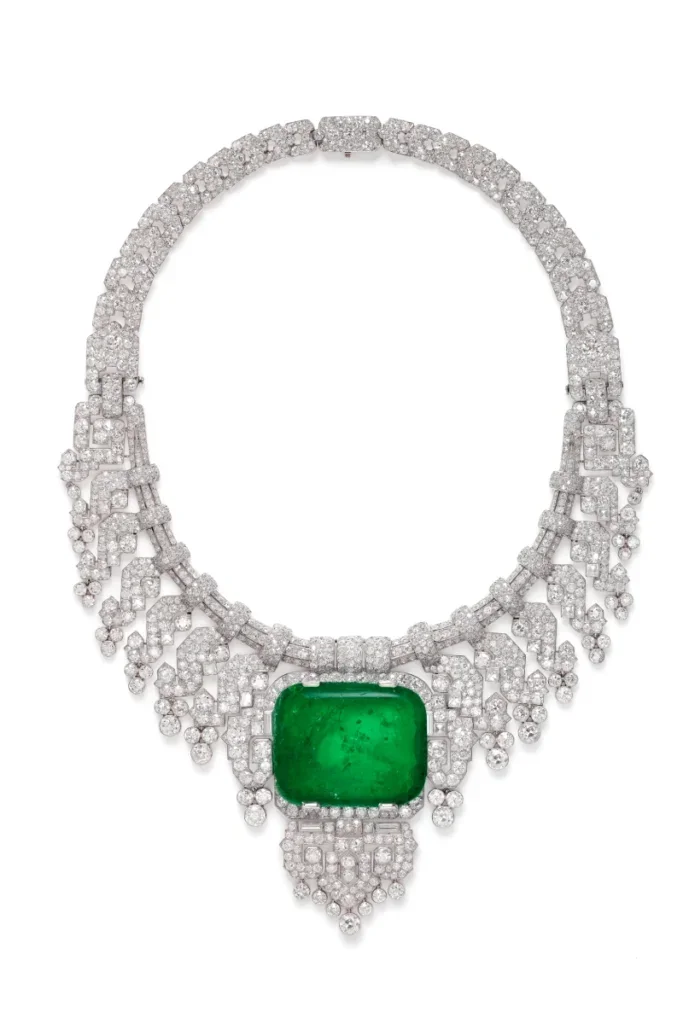
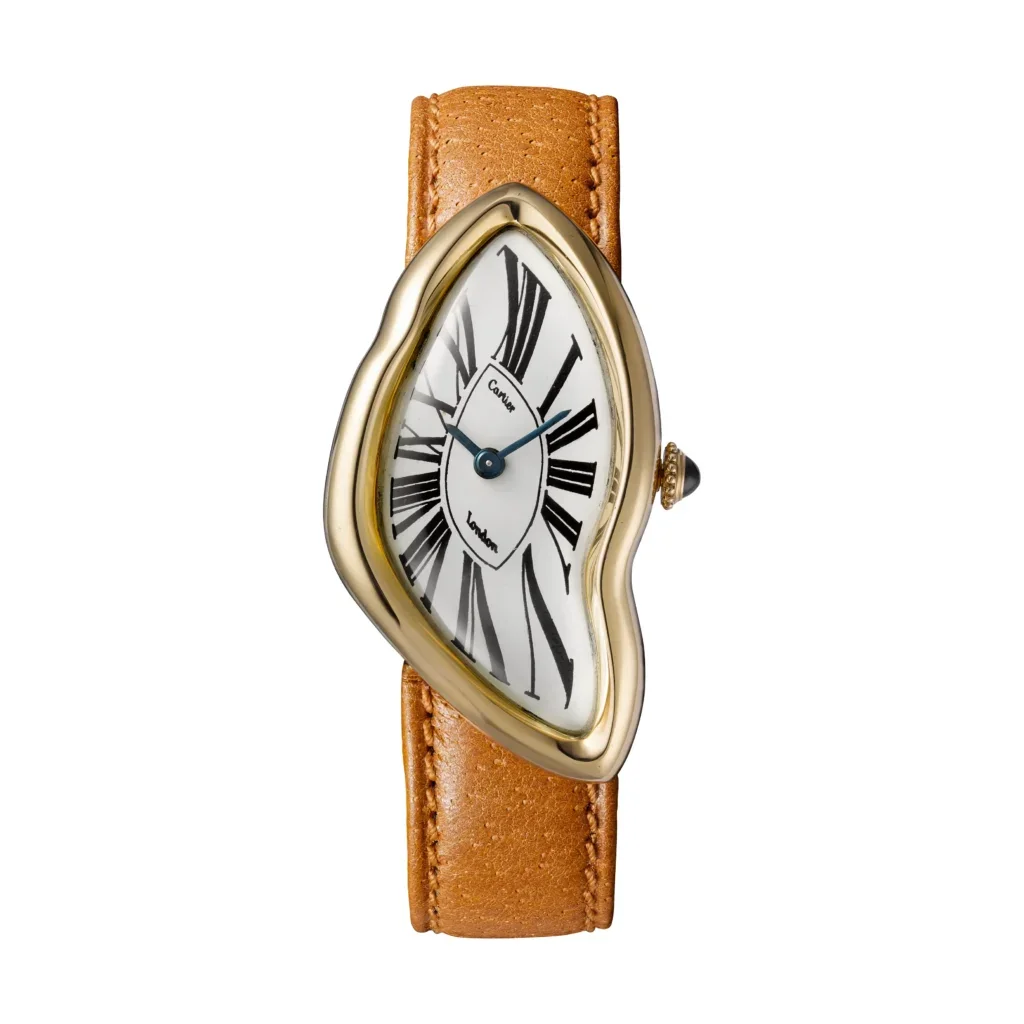

But the public spotlight focused on the gifts George’s brother and predecessor, Edward VIII, gave Wallis Simpson. Cartier was his go-to for bejewelled love tokens. Simpson wore a bracelet of gem-set crosses inscribed with dates and messages such as ‘God save the King for Wallis’. Two months before he abdicated, he presented her with a 19.77-carat emerald engagement ring hewn from a stone that once belonged to a Great Mughal.
The Duchess of Windsor was emblematic of Cartier London’s clientele were drawn to bold volume and unconventional coloured gemstones such as aquamarine, peridot and citrine – a style exemplified by the Queen Mother’s Aquamarine Pineflower Tiara. One of seven pieces borrowed from the Royal Collection, it was an anniversary gift from George VI.
[See also: The leading collectibles experts]
But the spotlight focused on the gifts George’s brother and predecessor, Edward VIII, gave Wallis Simpson. Cartier was his go-to for bejewelled love tokens. Simpson wore a bracelet of gem-set crosses inscribed with dates and messages such as ‘God save the King for Wallis’. Two months before he abdicated, he presented her with a 19.77-carat emerald engagement ring hewn from a stone that once belonged to a Great Mughal.
The Duchess of Windsor was emblematic of Cartier London’s more rebellious clientele – women like Lady Edwina Mountbatten, Daisy Fellowes, Barbara Hutton and Lee Miller, who fascinated the public with an irresistible cocktail of glamour and gossip. Miller reportedly ordered a pair of solid-gold handcuffs, revealing a less prim-and-proper side to Cartier devotees that Noël Coward immortalised in the 1938 song I Went to a Marvelous Party: ‘When Laura got blind on Dubonnet and gin / And scratched her veneer with a Cartier pin.’
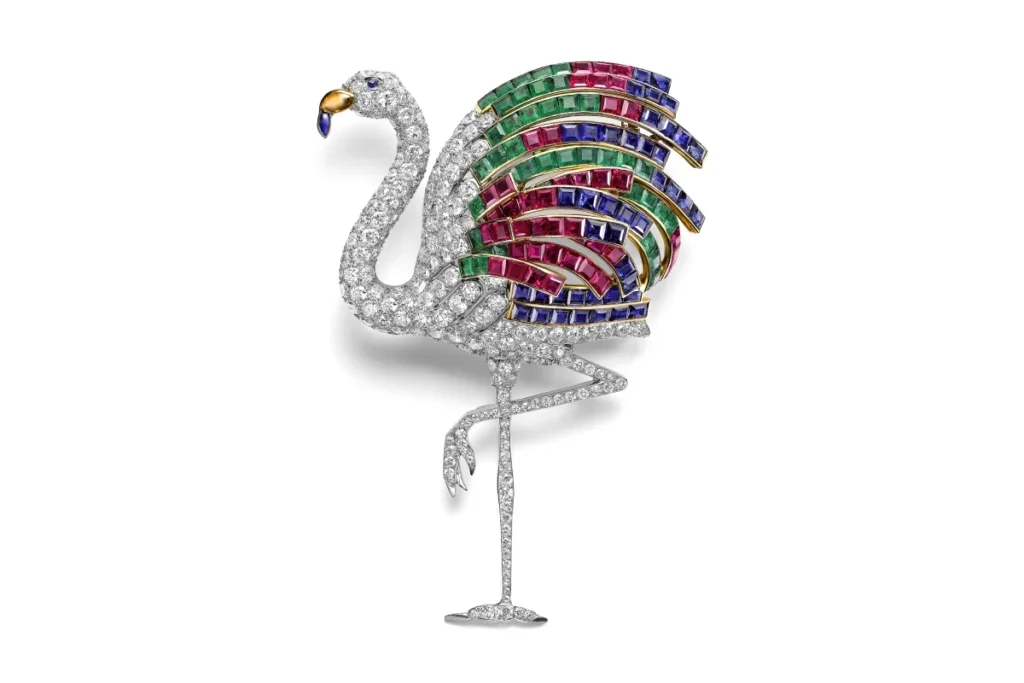
By the 1960s, ‘celebrities were becoming the new royalty’, says Garrahan. Presciently, the Cartiers had already established a roster of A-list clients. While the need for tiaras had waned, the public’s appetite for glamour hadn’t, and patrons such as Elizabeth Taylor and Princess Grace of Monaco secured the house’s status.
Surreal rebellion
Social upheaval also required a fresh approach to design. In New York, Aldo Cipullo designed the Love bangle, and at the heart of Swinging Sixties London, Jacques’s son Jean-Jacques developed some of the house’s most audacious – and revered – watches. The surrealist Crash, allegedly inspired by a customer’s melted Baignoire Allongée, was created in London in 1967 and is a sought-after symbol of British eccentricity and non-conformity. It remains a collector’s grail: in 2022, an original Cartier London Crash sold at an online auction for $1.65 million.
The rebellious attitude of the Crash endures in the Cartier Libre Polymorph range, which spawned one of the most modern pieces to be displayed at the V&A: a diamond-encrusted functional carabiner set with gemstone beads and a diamond dial, designed to be slung through the belt loops. King Edward VII would be aghast, but the agenda-setting spirit of the King of jewellers lives on.
This article first appeared in Spear’s Magazine Issue 95. Click here to subscribe
